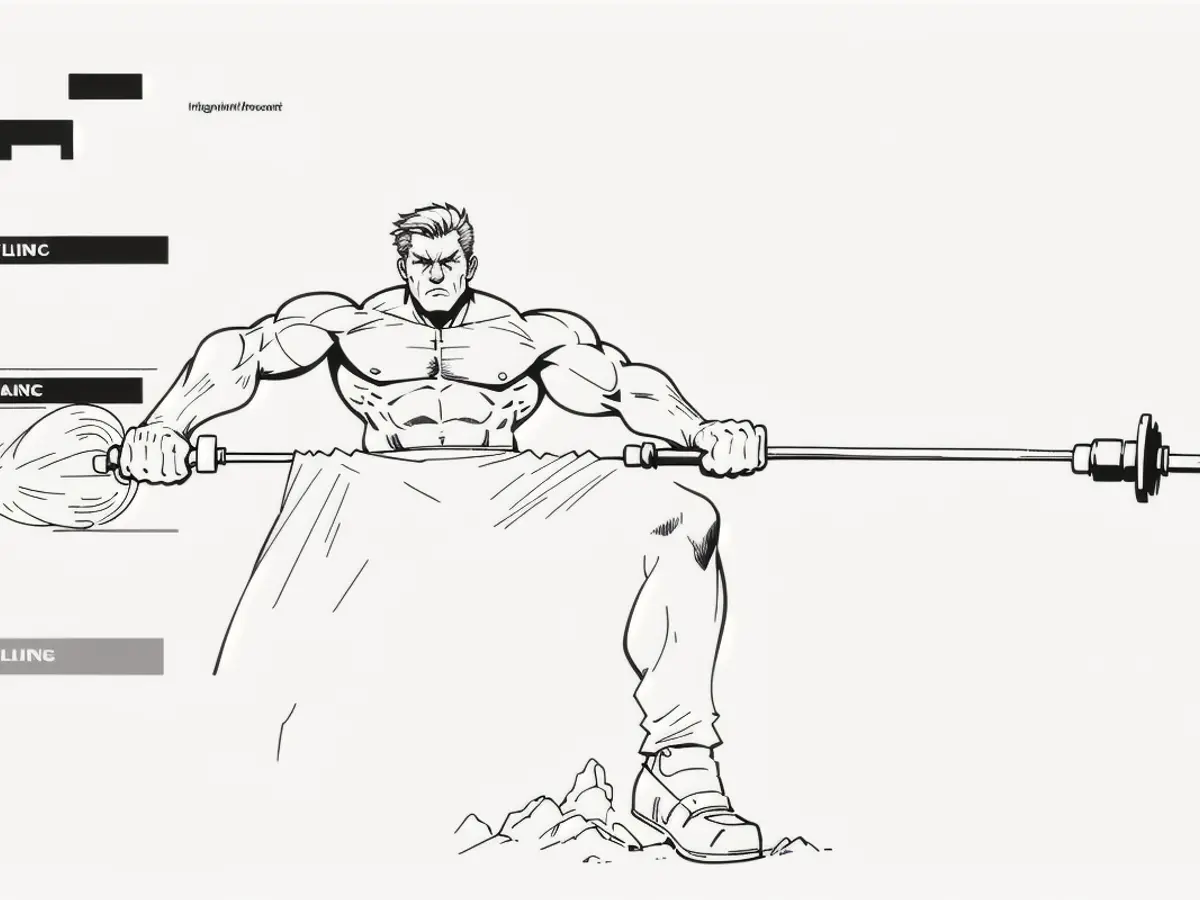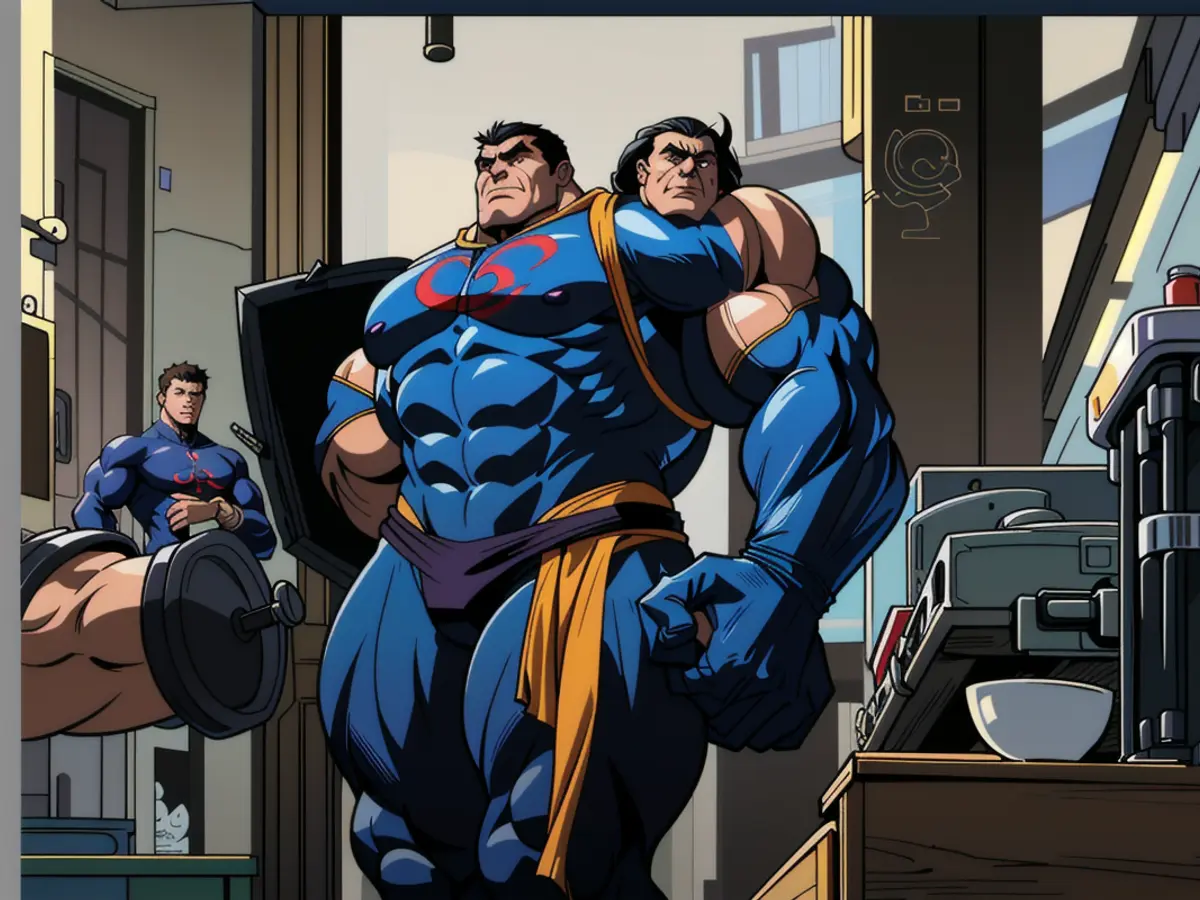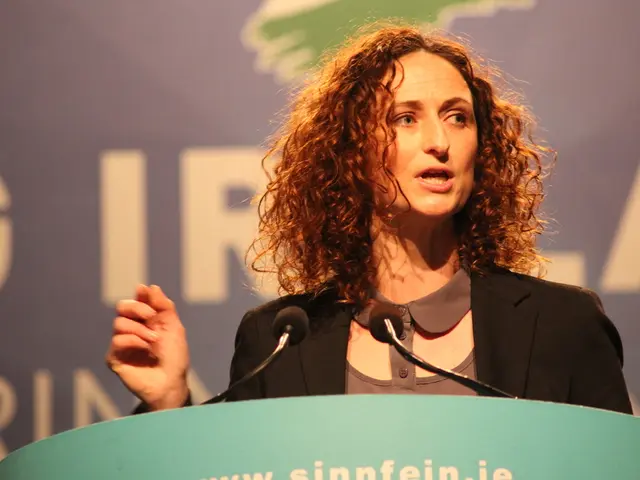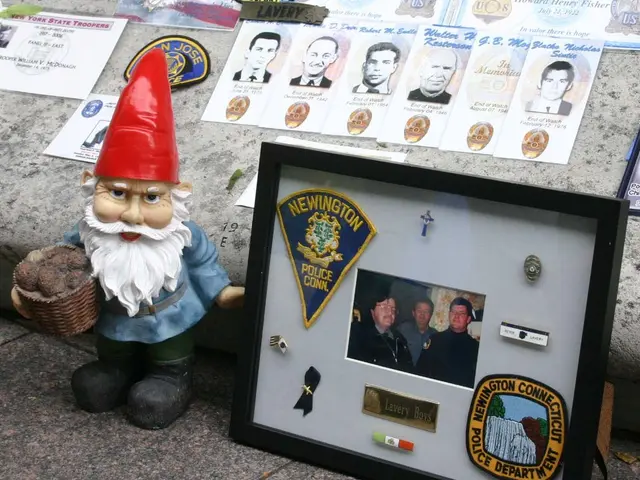Controversy Surrounds Blue Origin's Female-Crewed Launch: Mission Slammed Amid Criticism
Traveling to space turned into a days-long conversation this week, all thanks to a 10-minute rocket ride. Katy Perry belted out 'It's a wonderful world,' Lauren Sanchez, philanthropist and partner of Jeff Bezos, took the helm as pilot, and a crew of incredible women flew 65 miles above the Earth. Joining them were civil rights advocate Amanda Nguyen, astronaut Aisha Bowe, and artist-entrepreneur Lina Valentina. These trailblazers soared past the Earth's atmosphere quicker than most people can brew their morning coffee.
This marks the first all-female space crew in over half a century of human spaceflight, making headlines worldwide. The launch was a cultural spark. Some saw it as a beacon of hope and progress, while others dismissed it as a mere stunt for a billionaire's girlfriend. The debate raged on social media, with opinions pouring in about feminism, fame, and who deserves to claim space for themselves.
Supporters praised it as a monumental stride for representation. Critics accused it of being just another attention-grabbing spectacle. Questions swirled about whether celebrity-driven space travel warranted such lofty accolades of social progress. Some even wondered if this mission was truly about gender equality or solely for appearances.
However, instead of focusing on tabloid drama, we should question what genuine progress toward space equity looks like, and how far we are from reaching it. Progress at 65 miles up means little if women continue to have minimal influence over who builds the rockets, decides on the funding, or sets the course for future missions.
A Symphony of Six Strong Women

The sight of six women overcoming gravity, whether they're astronauts or musicians, challenges the norm of space exploration as a generic, male endeavor. Blue Origin deftly merged STEM and stardom with their crew, attracting fans of astrophysics, daytime TV, and TikTok alike. Suddenly, Katy Perry fans were introduced to Amanda Nguyen's tireless civil rights work, and viewers who tuned in for Gayle King began researching Aisha Bowe's remarkable journey from Washtenaw Community College to the stars. Their stories show that a journey to space can begin anywhere, inspiring little girls across the globe.
The Reality of Representation
The criticism surrounding the mission stems from the question: what does true representation mean? This mission positioned itself as a breakthrough for women without addressing the systemic barriers that keep women out of aerospace leadership, design, and decision-making.Although women represent only 12% of all space travelers and less than a quarter of aerospace leadership roles, disparities have been long-standing and systematic[1].
Women Trailblazers Through History

The first woman in space wasn't a glamorous pop star or a renowned astronaut. She was Valentina Tereshkova, a Soviet factory worker and parachutist who became a cosmonaut in 1963. Fueled by determination, grit, and Cold War politics, Tereshkova orbited Earth 48 times, showcasing women's extraordinary resilience and conquering space not for show but for victory[1].
In contrast, the Mercury 13, a group of highly-trained US women who passed the same grueling physical tests as their male counterparts in the 1960s, were never allowed to fly due to their gender[2]. NASA's infrastructure, leadership, and funding mechanisms were not designed to include them. Even when Sally Ride became America's first woman in space in 1983, she was besieged by media scrutiny and outdated assumptions about women's roles in space[2].
Three decades later, progress remains slow. In 2019, NASA postponed a planned historic all-female spacewalk because they didn't have properly-sized suits for women[3]. Social media erupted with frustration, not at the wardrobe issue but at the reinforcement of systemic oversight in aerospace[3].
Marketing Moments: Where Performance Outshines Reality

There's nothing inherently wrong with marketing a moment. But when the message drowns out the mechanisms of change, it risks becoming deceptive in appearance and ineffective in impact.
Blue Origin cleverly marketed the mission as a feel-good, feminist-infused moment of inspiration. However, while the crew showcased outstanding credentials, the focus was mostly on the celebrity aspect-Lauren Sanchez's romance with Jeff Bezos, Katy Perry's fitted spacesuit, and Oprah Winfrey's reaction[2].
Balancing Visibility and Substantive Change
While visibility has power, particularly in an industry that has long excluded women, true change requires accessibility. While space exploration represents one of humanity's boldest frontiers, real progress necessitates more than branding.
If space companies are sincere about inclusivity, they must commit to substantial structural change. Power not just to participate, but to design, to lead, and to steer the course of space travel. The time has come for women to know they've truly taken off.
[1] https://www.space.com/60-years-women-spaceflight-gender-inequality-in-aerospace.html[2] https://www.nbcnews.com/science/space/blue-origin-sending-all-female-crew-space-flight-n947376[3] https://www.cnbc.com/2019/10/10/nasa-postpones-all-female-spacewalk-after-running-out-of-suits.html[4] https://www.nytimes.com/2021/07/20/us/politics/jen-psaki-press-briefing.html
- Jeff Bezos' partner, Lauren Sanchez, successfully piloted the first all-female space crew, challenging the traditionally male-dominated field of space exploration.
- Celebrities like Katy Perry and Aisha Bowe, an astronaut, embarked on this spaceflight, demonstrating the intersection of stardom, science, and women's representation.
- Amanda Nguyen, a civil rights advocate, joined the crew, highlighting the significance of women from various fields contributing to the advancement of space exploration.
- This mission marked the first such all-female crew in over half a century, raising questions about the path towards genuine space equity for women.
- Supporters hail the mission as a significant step towards representation in the aerospace industry, while critics argue it merely spotlights wealthy celebrities, ignoring systemic barriers.
- Historical examples like Valentina Tereshkova, the first woman in space, and the Mercury 13 demonstrate that, while progress has been slow, women have proven their resilience and capacity in space exploration.








